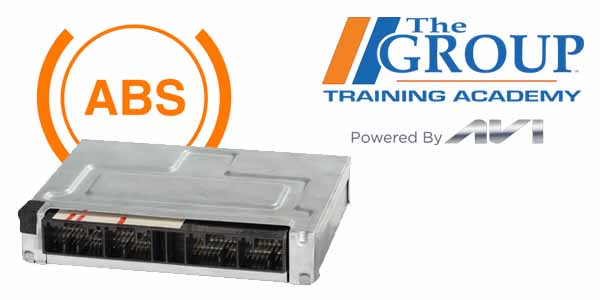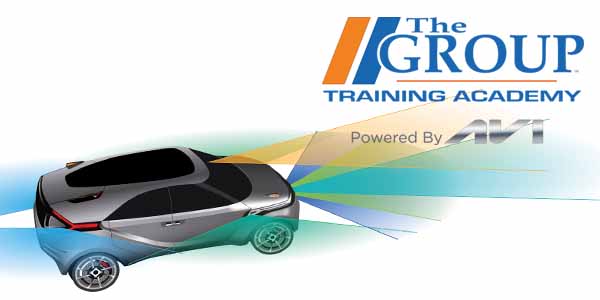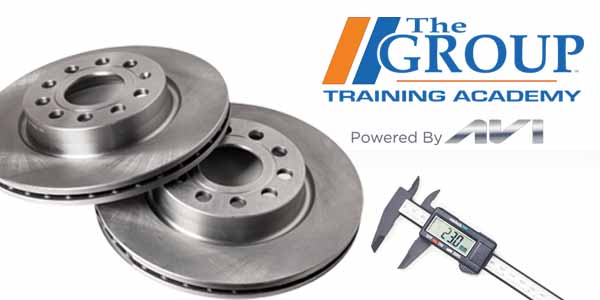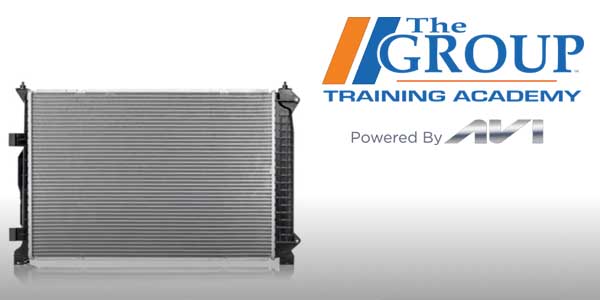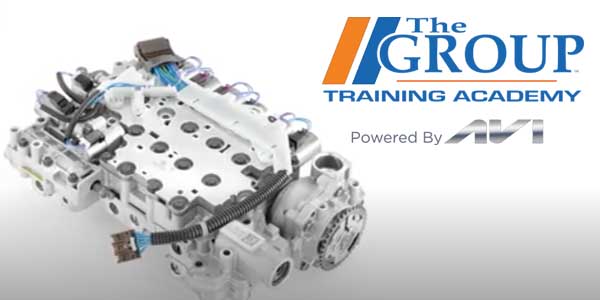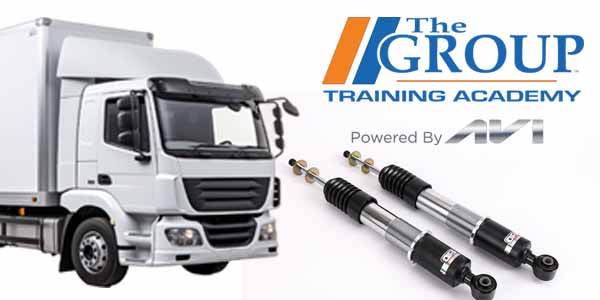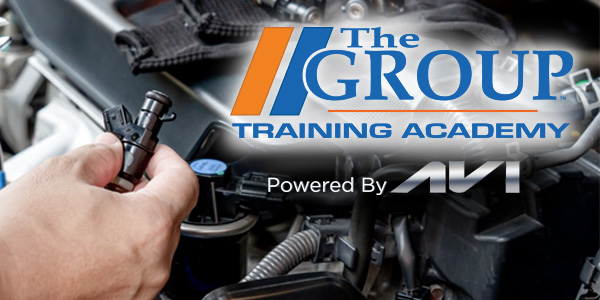The job of a parts specialist is to sort through the information provided by the customer and translate that into a single part number that addresses the problem they’re trying to solve.
But, it’s important to avoid the tendency of thinking in terms of individual pieces, as opposed to complete systems. Remember, each part number works in conjunction with many other parts and components to make up a complete system, and many systems make up each individual vehicle.
As a counter professional, it’s good to get in the habit of asking the right questions to be sure that your customer has properly diagnosed the problem from a systems perspective, and to be sure you’re selling them the right part to address the issue.
This is especially true when we’re talking about vehicle electronics.
This video is sponsored by The Pronto Network.

